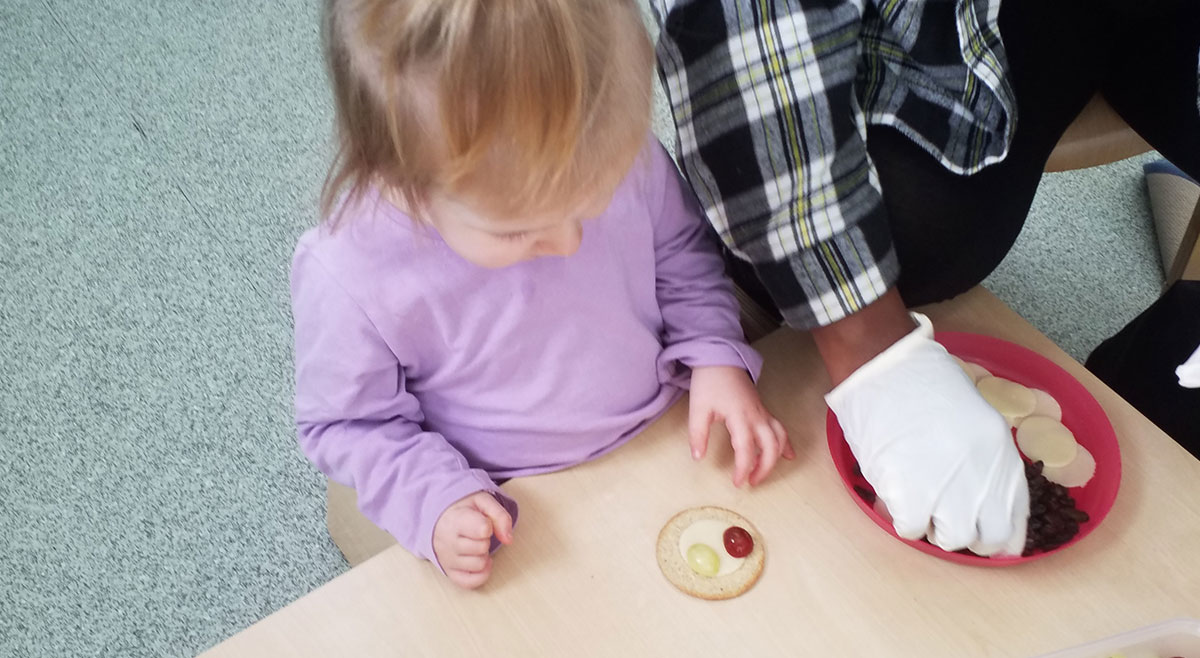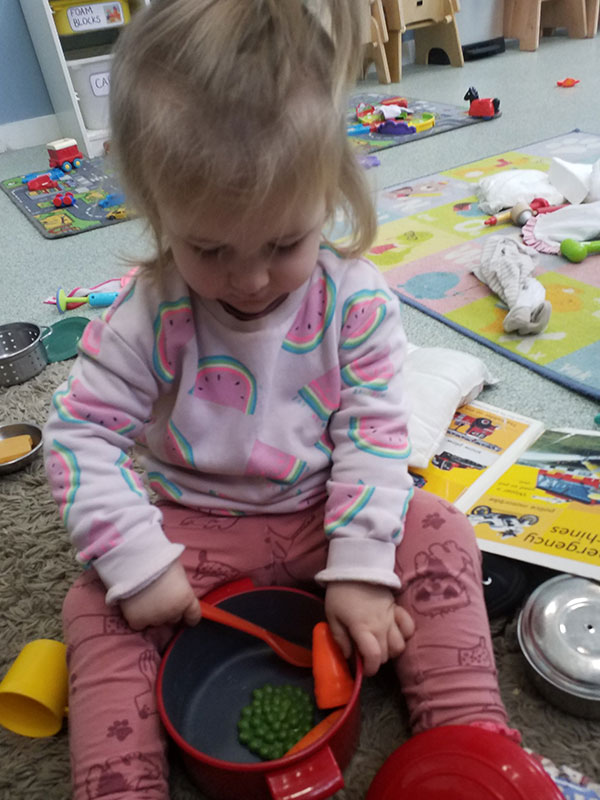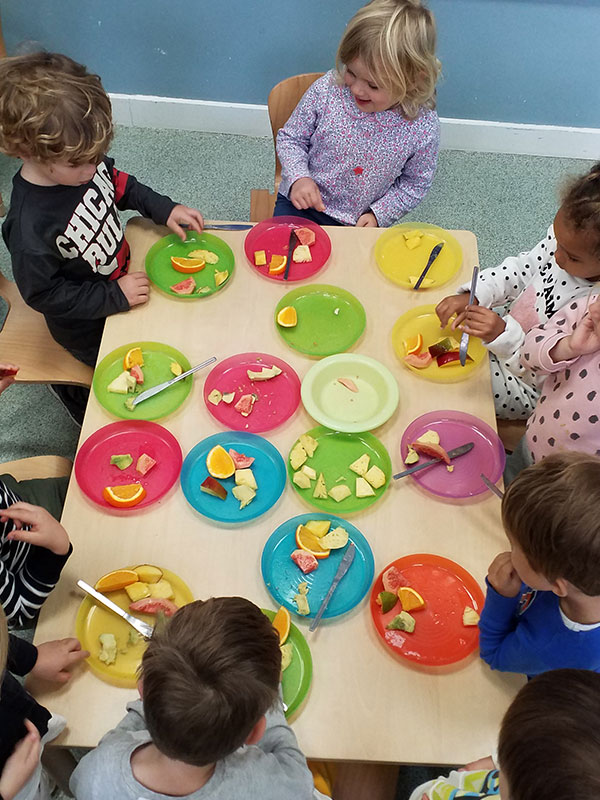It’s natural to worry whether your child is getting enough food if they refuse to eat sometimes.
It’s normal for children to be fussy eaters – that is, to not like the taste, shape, colour, or texture of particular foods. In fact, this all happens because fussy eating is part of children’s development. Up to a third of children around the age of two could be described as fussy eaters.
Do not worry about what your child eats in a day or if they do not eat everything at mealtimes. It’s more helpful to think about what they eat over a week. If your child is active and gaining weight, and they seem well, then they’re getting enough to eat.
There are several possible explanations for a sudden lack of interest in food.
- Children’s appetites are affected by their growth cycles. Even babies have changing appetites. At 1-6 years, it’s common for children to be really hungry one day and picky the next.
- They may also be experiencing a growing sense of independence. You may have noticed they are less co-operative in other areas – for instance about getting dressed or putting their shoes on. They learn by testing the boundaries of acceptable behaviour. They can be very strong willed when it comes to making decisions about food (to eat or not to eat, and what to eat). It’s all part of their social, intellectual and emotional development.
- Children have different taste preferences from grown-ups.
- Life is too exciting for children sometimes, and they’re too busy exploring the world around them to spend time eating.
Tips for parents of fussy eaters
- Give your child the same food as the rest of the family, but remember not to add salt to your child’s food. Check the label of any food product you use to make family meals.
- The best way for your child to learn to eat and enjoy new foods is to copy you. Try to eat with them as often as you can.
- Give small portions and praise your child for eating, even if they only eat a little.
- Give tried and tested foods alongside anything that is new so that the meal looks familiar. Studies have shown that some toddlers need to be given a new food more than ten times before they will accept it.
- If your child rejects the food, do not force them to eat it. Just take the food away without saying anything If you are anxious and tense, your child will pick up on this and it could make the situation worse. So don’t make a fuss – just take the plate away without comment.
- Do not leave meals until your child is too hungry or tired to eat.
- Your child may be a slow eater, so be patient.
- Stick to a routine with three meals a day: breakfast, lunch and tea, with healthy snacks mid morning and mid afternoon. Make sure they sit in the same place to eat as often as possible, to help them feel comfortable and secure.
- Encourage them to feed themselves. You might face a mess, but they may well eat more if they have more control.
- Do not to use food as a reward. Your child may start to think of sweets as nice and vegetables as nasty. Instead, reward them with a trip to the park or promise to play a game with them.
- Make mealtimes enjoyable and not just about eating. Sit down and chat about other things.
- Turn the TV off so your family members can talk to each other instead.
- If you know any other children of the same age who are good eaters, ask them round for tea. But do not talk too much about how good the other children are.
- Ask an adult that your child likes and looks up to eat with you. Sometimes a child will eat for someone else, such as a grandparent, without any fuss.
- Sometimes children are too distracted to sit at the family table for a meal. If this sounds like your child, try having quiet time before meals so she can calm down before eating. Even the ritual of hand-washing can help.
- Offer different foods from each of the five healthy food groups. For example, if your child doesn’t like cheese, he might enjoy yoghurt instead.
- Changing how you serve a food may make it more appealing. For example, your child might refuse cooked carrots but enjoy raw grated carrot.
- Getting your child involved in preparing family meals. For example, your child could help out with: picking a recipe, getting food out of the fridge, washing fruit and vegies or tossing salad.
References:





